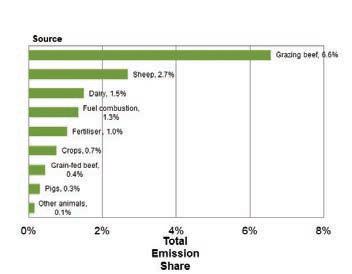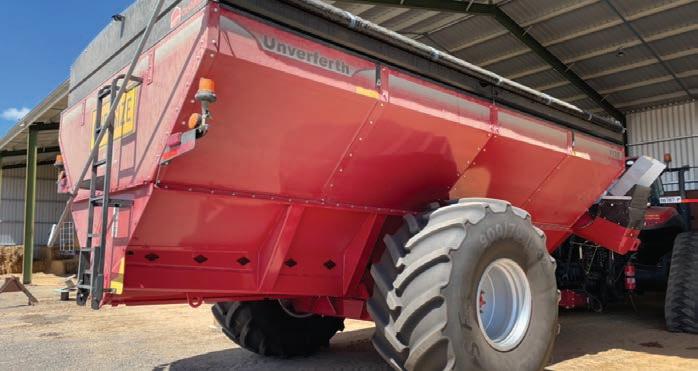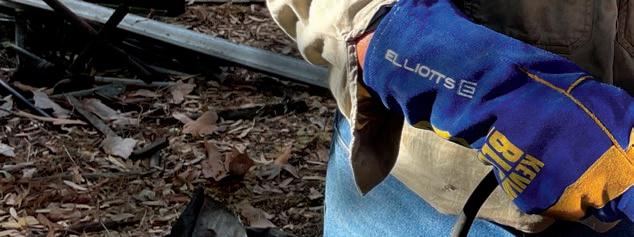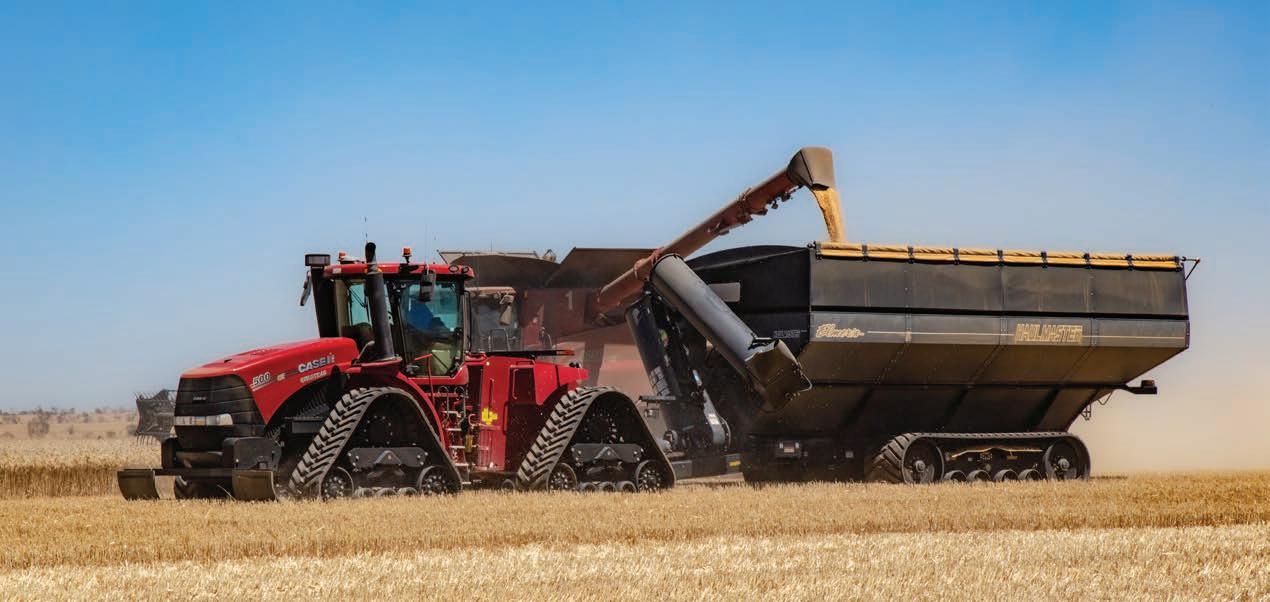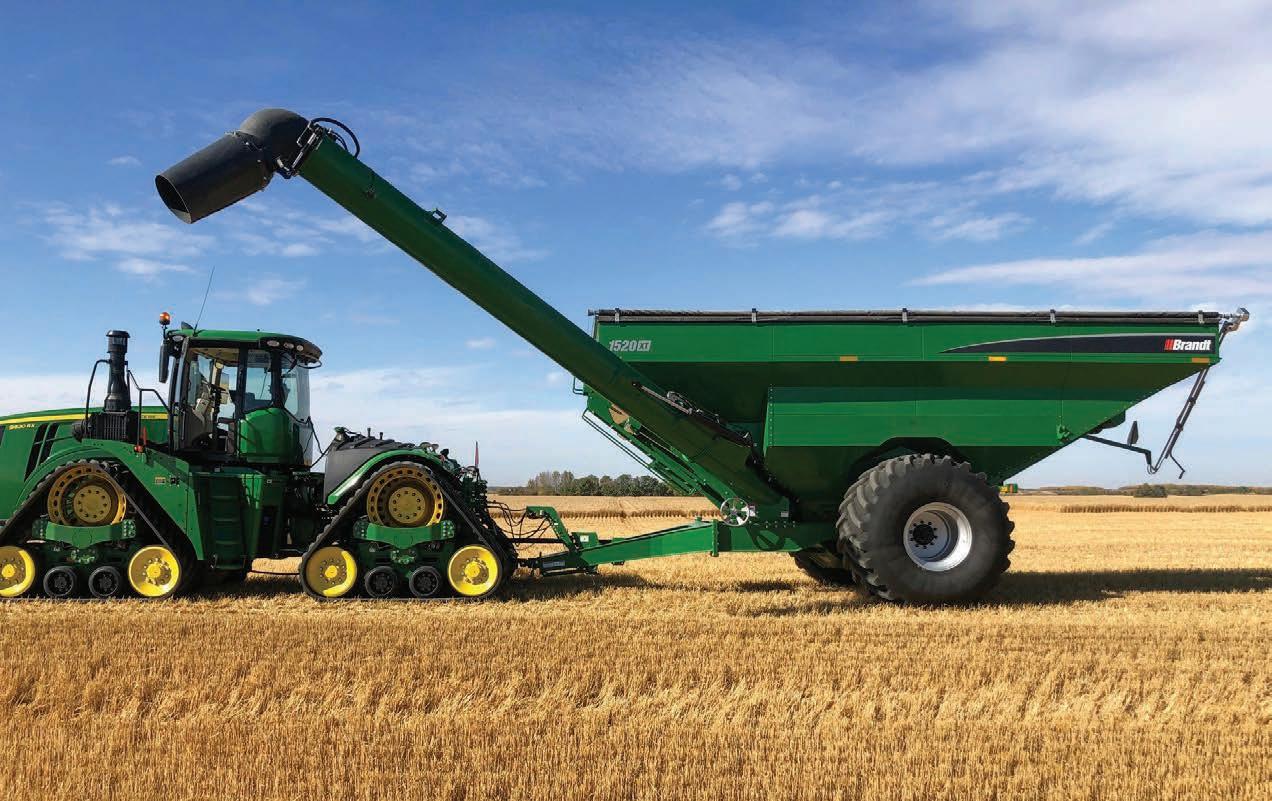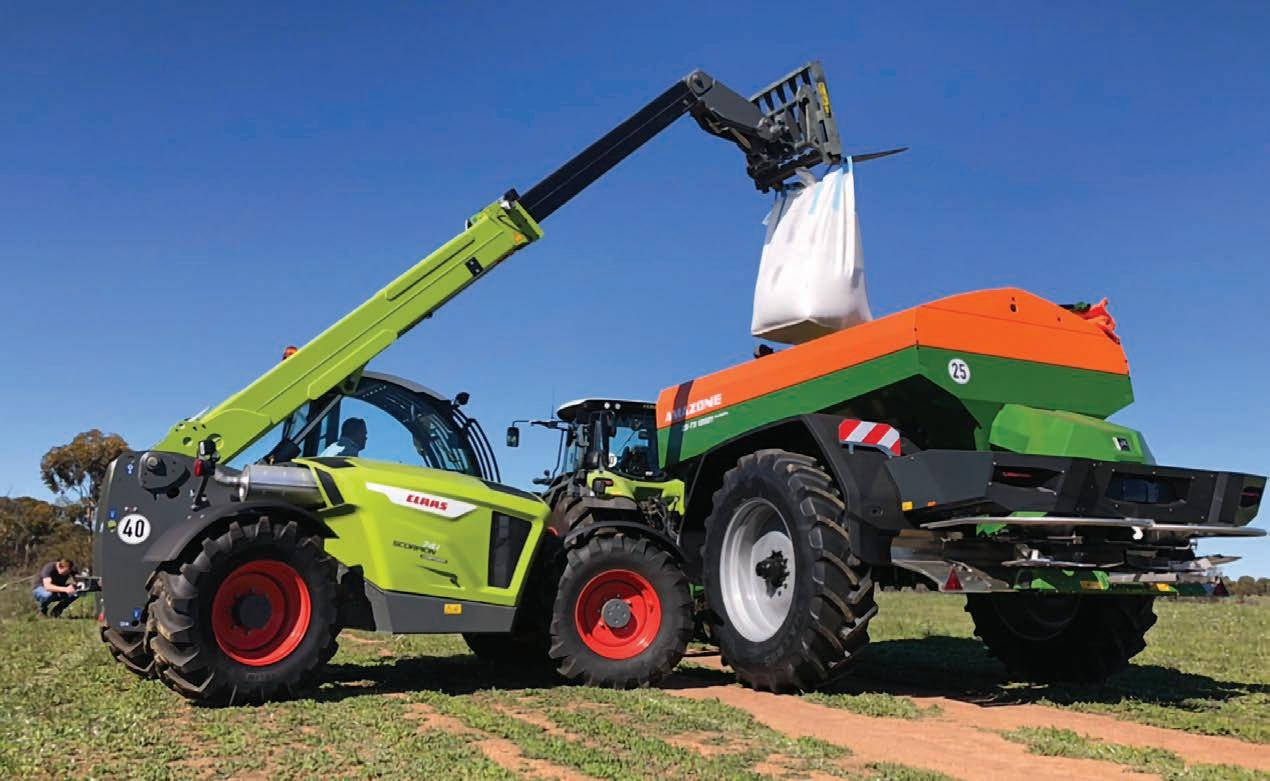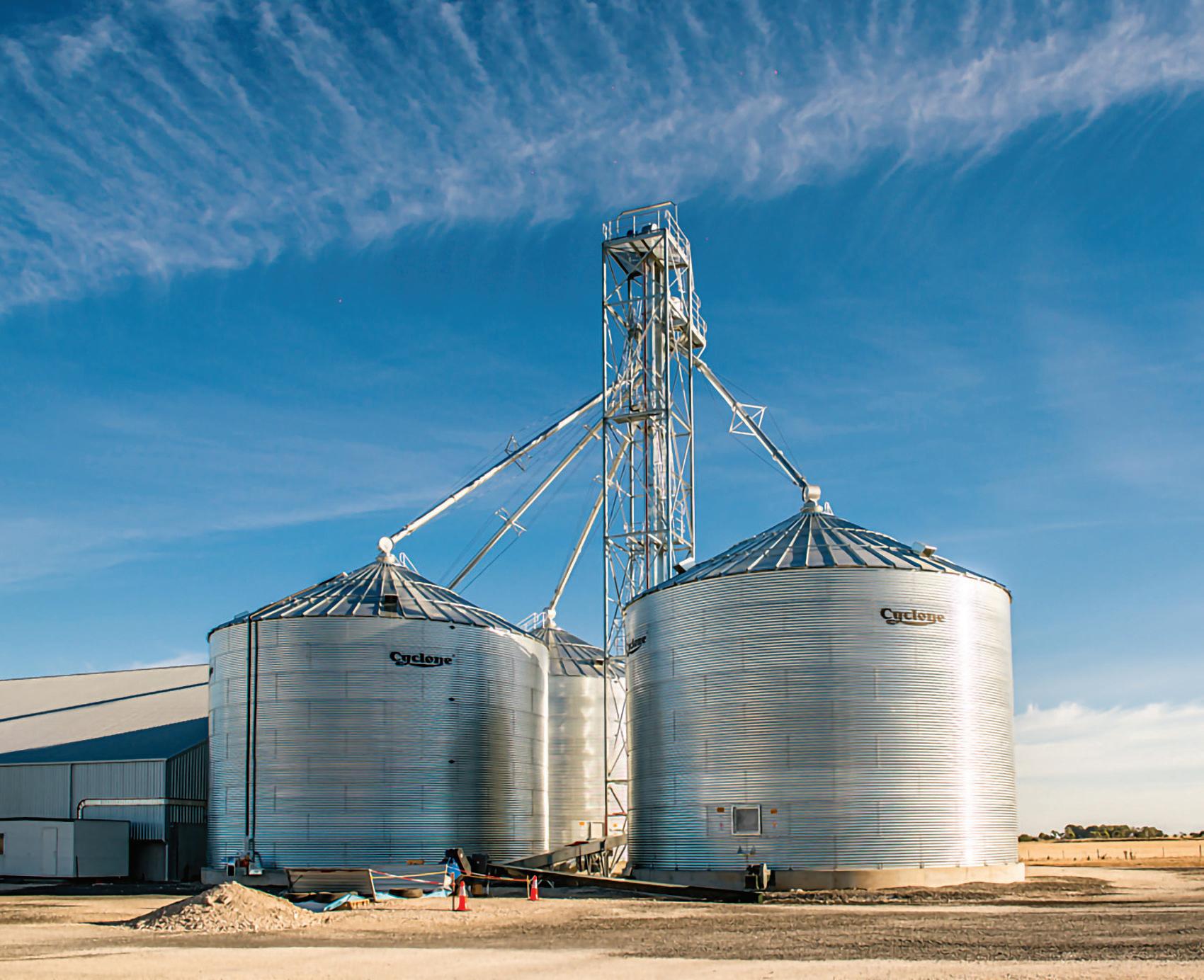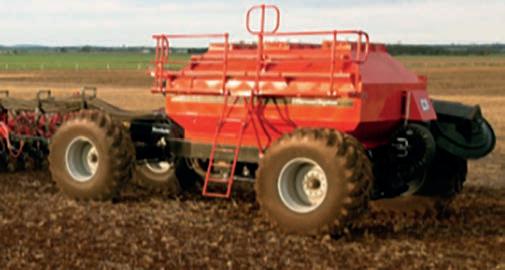LIVESTOCK SHEEP Value: A recent webinar provided valuable insights into the nutritional value of pasture and grazing crops. Photo: Mark Saunders.
Investigating feed nutrition to improve sheep health The low rainfall Mallee of New South Wales, Victoria and South Australia covers an area of approximately seven million hectares and is an important livestock and wool growing area of Australia. Farmers in the region have identified that improving their understanding of the nutritive value of pastures in their environment would allow them to better manage their livestock and farm resources, which sparked an Australian Wool Innovation (AWI)-funded project. By Macey Hill
H
amish Dickson from AgriPartner Consulting joined Tanja Morgan on a Mallee Sustainable Farming (MSF) Farm Talk Podcast, to share the results from the AWI Feed Nutrition project which involved sampling 11 pasture and crop types in different seasons to better understand the nutritional quality and mineral content of paddock feed in low rainfall environments.
ABOUT THE TRIAL Various pasture and crop species were selected for sampling which are relevant to the Mallee region. Six of the most relevant and common pasture or grazing crop species were selected to be sampled each year as core sample species. The species included: • Barley • Lucerne • Peas • Veldt • Vetch • Regenerating natural pasture (medic base)
36
Farming Ahead March 2022 No. 362
A further five species were selected to be sampled twice per year representing a strategic analysis of species that are less commonly used or could be utilised in a failed crop season. The five strategic species included: • Canola • Lentils • Oats • Serradella • Studenica vetch The trial began in the winter of 2020, with successive samples collected in spring and summer to finish the growing season. In 2021 the growing season samples were collected in autumn and continued until summer as the end of the growing season. Samples were collected by cutting plant material from each sample location using shears. The harvested material was immediately dried in a laboratory oven and then sent to a Feedtest laboratory in Werribee, Victoria, for nutritive value and mineral content analysis.
RESULTS Dickson said the laboratory analyses of the pasture and crop samples showed the
nutritive value across the season declined as the plants matured and became senescent. Dickson added that energy and protein content also declined from fresh winter growth to senescent dry summer feed. “The metabolizable energy content of the samples generally showed the same trend of declining from winter to summer across each individual species, however the level of decline varied between species,” Dickson said. “The highest energy content species in winter included canola, vetch, barley and oats. The lowest energy content species included veldt grass and natural regenerating pasture. “Peas showed an increase in energy content from winter to spring and then declined significantly to summer as dry feed. Dickson stated that the crude protein content of different species again followed the trend of declining from winter to summer. In general, grass type species such as barley, oats, veldt showed lower protein content across all samples compared to the legume species of lucerne, peas, vetch. www.farmingahead.com.au



